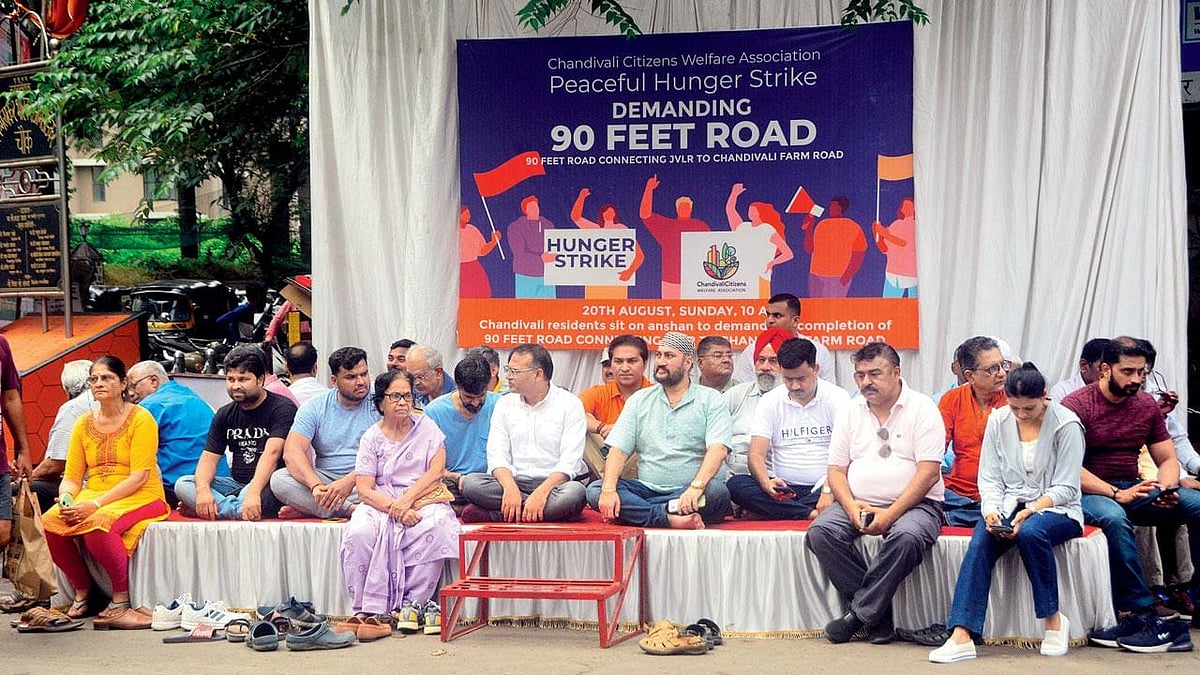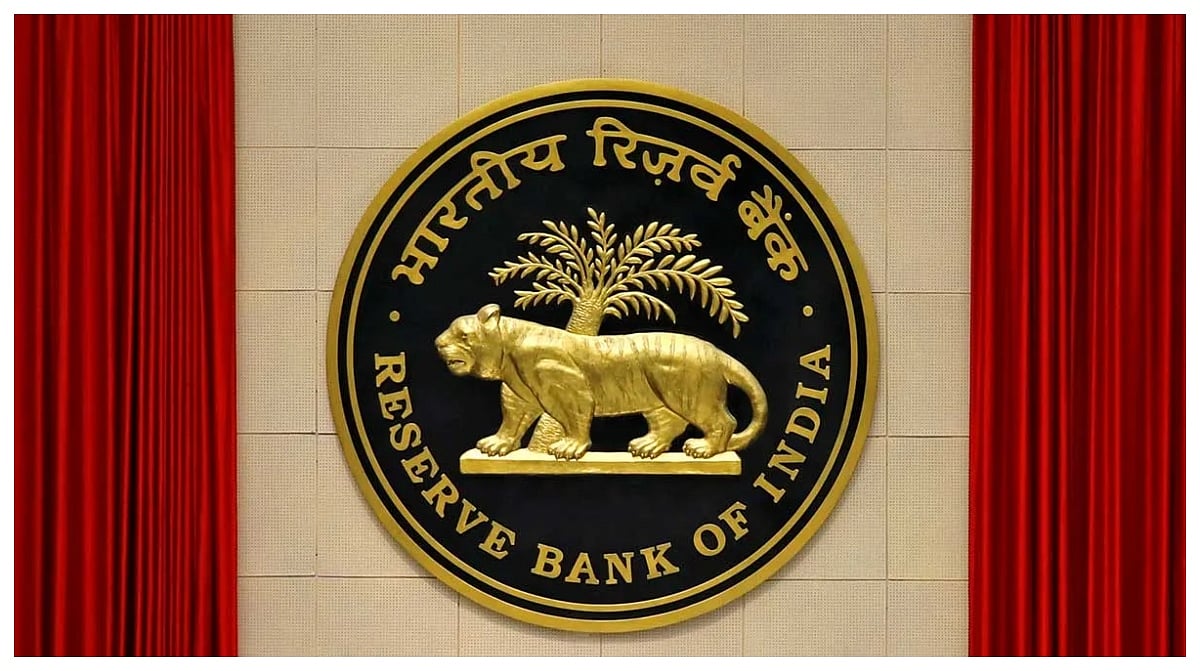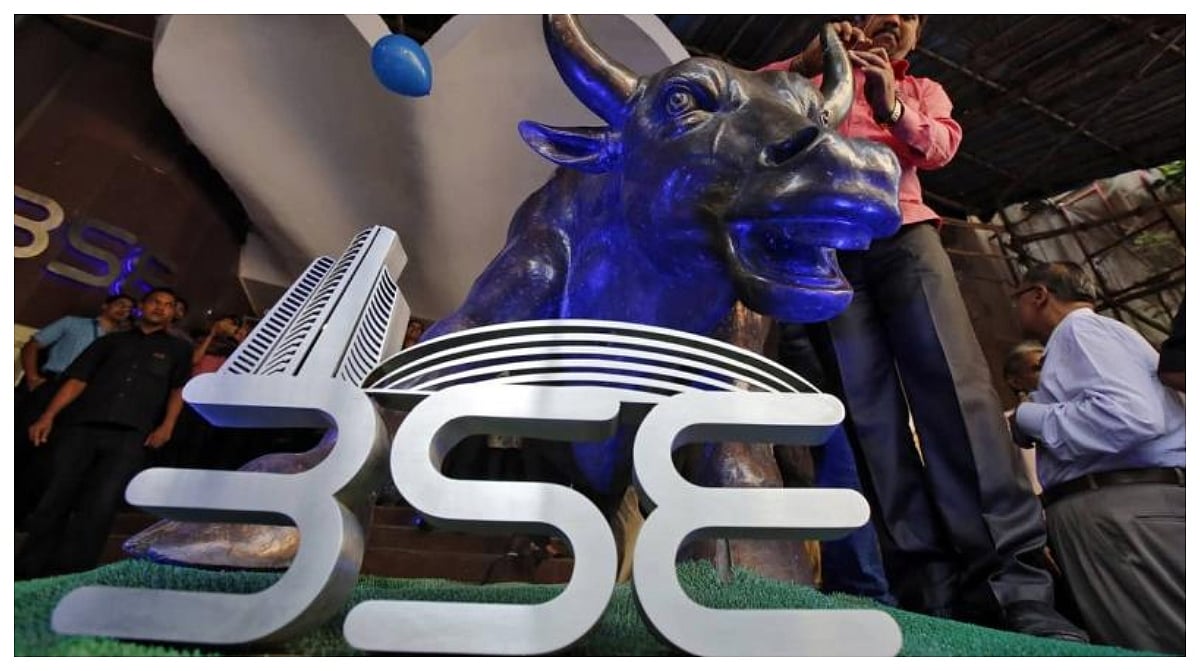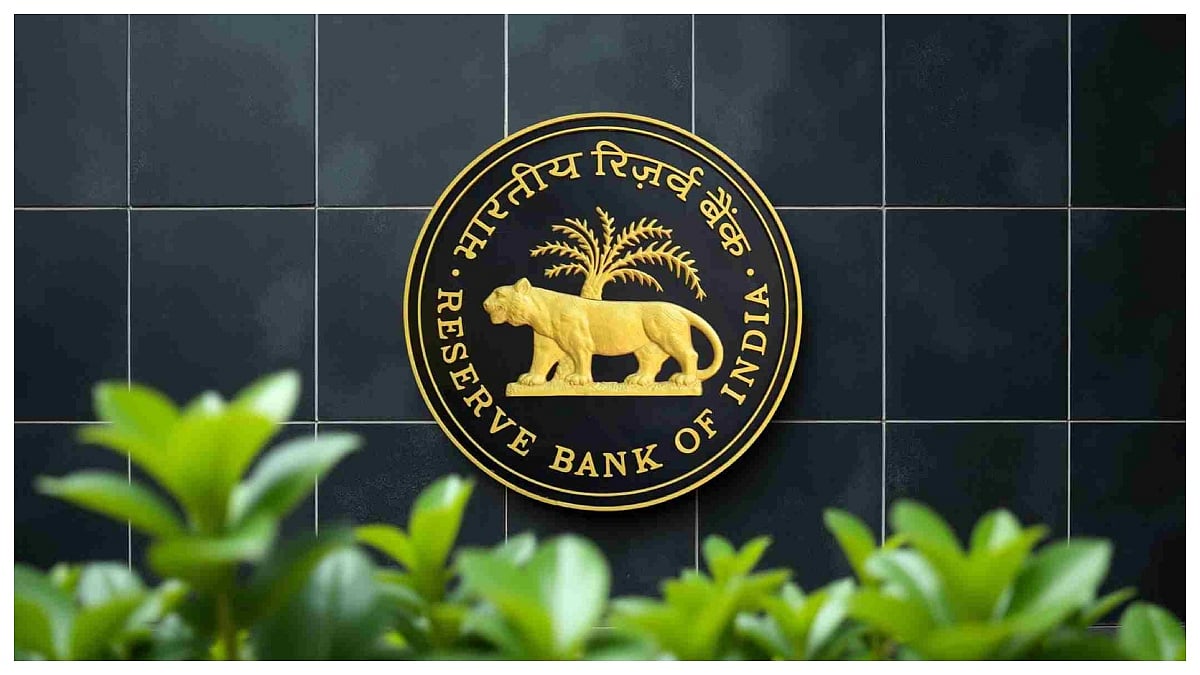We have written on this subject earlier, however the rate at which we routinely get questions / inquiries on this topic, formally as well as informally, leads us to believe that the matter is not at all well understood by the general public. Banks on their parts too seem to be doing precious little in terms of explaining the same, perhaps also due to the fact that the fresh out of MBA school graduate sitting across the counter himself is not too well aware of the subject.
Earlier this used to be okay since the need for this knowledge / information was felt only be an elite few who anyway had access to the top levels of management of the bank and hence their purpose used to be served. But now, the situation has changed. Every other family has got children studying abroad.
Yet others have family who has immigrated. And then there is the reverse capital flow, in that, instead of children sending money from abroad to old parents in India, the proportion of (well to do) old parents sending money to children abroad who are looking to set up a business or profession has increased significantly. Therefore, in the light of all of the above, we revisit this subject.
Previously, we had written about a person who wished to send some money to his son living in London, England. The son wished to open a restaurant there and was falling short of around Rs. 25 lakh or roughly $40,000 capital. The father had the funds (he would need to sell some shares) but wished to know whether he could send such a large sum from India to his son in the UK and if so how.
Routine transfers to children studying abroad are common, however, this was a big ticket item and the father didn’t wish to unknowingly do anything illegal. However, a couple of banks that he approached (including the one that he had an account in) apparently weren’t able to help much (in terms of knowing the law). Eventually he spoke to one of his friends working in a private sector bank who then proceeded to apprise him of the law and discharged the necessary paperwork.
So this week, let us examine this subject in detail. Like afore mentioned, since a lot of us Indians have their family abroad, we can benefit from a handshake acquaintance of the law.
Though the rupee is not freely convertible, the allowance / limit that Resident Indians have for making foreign investments, gifts and payments has been enhanced / increased over the years and now stands at a whopping US $250,000 per financial year.
Also lately there has been substantial consolidation of various limits under one umbrella called the Liberalized Remittance Scheme or the LRS. This week’s article deals with the details of LRS as applicable currently.
Under the LRS, resident individuals including minors can remit funds up to a prescribed limit for any permitted capital and/or current account transaction or a combination of both. As earlier mentioned, currently such prescribed limit stands at US$ 250,000 or its equivalent per FY. AP (DIR) Circular 5 dt. 17.7.14 has clarified that the Scheme can also be used for acquisition of immovable property outside India.
Under LRS, the individual will have to designate a branch of a bank through which all the remittances under the Scheme will be made. For capital account transactions (like purchase of property), the applicants should have maintained the bank account with the bank for a minimum period of one year prior to the remittance.
Remittance is on a gross basis and not on net of repatriation from abroad. This means that once a remittance has reached the LRS limit, no further remittance is possible during the FY even if the proceeds of the investments have been brought back into India. Remittance can be consolidated in respect of close family members subject to the individual members being compliant.
However, clubbing is not permitted of other family members for capital account transactions such as opening a bank account, making investment, purchasing property, etc. if they are not the co-owners or co-partners of the transaction. It is mandatory to have PAN. However, it need not be insisted upon for remittance made towards permissible current account transactions up to US$ 25,000. There are no restrictions on the frequency of remittances under LRS.
Individuals can also open, maintain and hold forex accounts with a bank outside India for putting through all transactions connected with or arising from remittances eligible under LRS. Expenses incurred by individuals for the following purposes are included under LRS w.e.f. 26.5.2015. Remittances exceeding this limit require prior RBI approval.
Private visits to any country (except Nepal and Bhutan):
Forex for travel abroad can be purchased from AD against rupee payment in cash below Rs. 50,000. Over this limit the entire payment should be made by way of a crossed cheque, banker’s cheque, pay order, demand draft, debit card, credit card or prepaid card only.
On return from a foreign trip, travellers are required to surrender unspent forex held in the form of currency notes and travellers cheques within 180 days of return. However, they are free to retain it up to US$ 2,000, in the form of forex notes or TCs for future use or credit to their RFC Accounts.
Business trips to foreign countries:
This is irrespective of the number of visits undertaken during the year. Visits in connection with attending of an international conference, seminar, specialised training, apprentice training, etc., are treated as business visits.
Gift or donation: Any Resident individual/ entity (trust; company; partnership firm, etc.), may remit up-to US$ 2,50,000 in one FY as gift to a person or as a donation to an organization outside India. It is clarified that a Resident cannot gift to another Resident, in forex, for the credit of the latter’s forex account held abroad under LRS.
Medical expenses or check-up abroad:
Banks may allow amount exceeding the LRS limit provided the request is supported by an estimate from a hospital/doctor in India/abroad. Otherwise, a self-declaration in Form A2 and ‘Application cum declaration for purchase of forex’ is sufficient. In addition to the above, an amount up to the LRS limit per FY is allowed to a person for accompanying as attendant to the patient.
Miscellaneous Purposes: The Scheme also covers expenses incurred in going abroad for employment, Emigration, Maintenance of close relatives abroad, Studies abroad and any other current account transaction. However, for expenses in connection with emigration, medical treatment or studies abroad, individuals may be permitted to exceed LRS limit, if it is so required by the country of emigration, medical institute offering treatment or the university.
The authors may be contacted at wonderlandconsultants@yahoo.com









